Is Pluto smaller than Russia? 5 amazing facts linking Russia & space
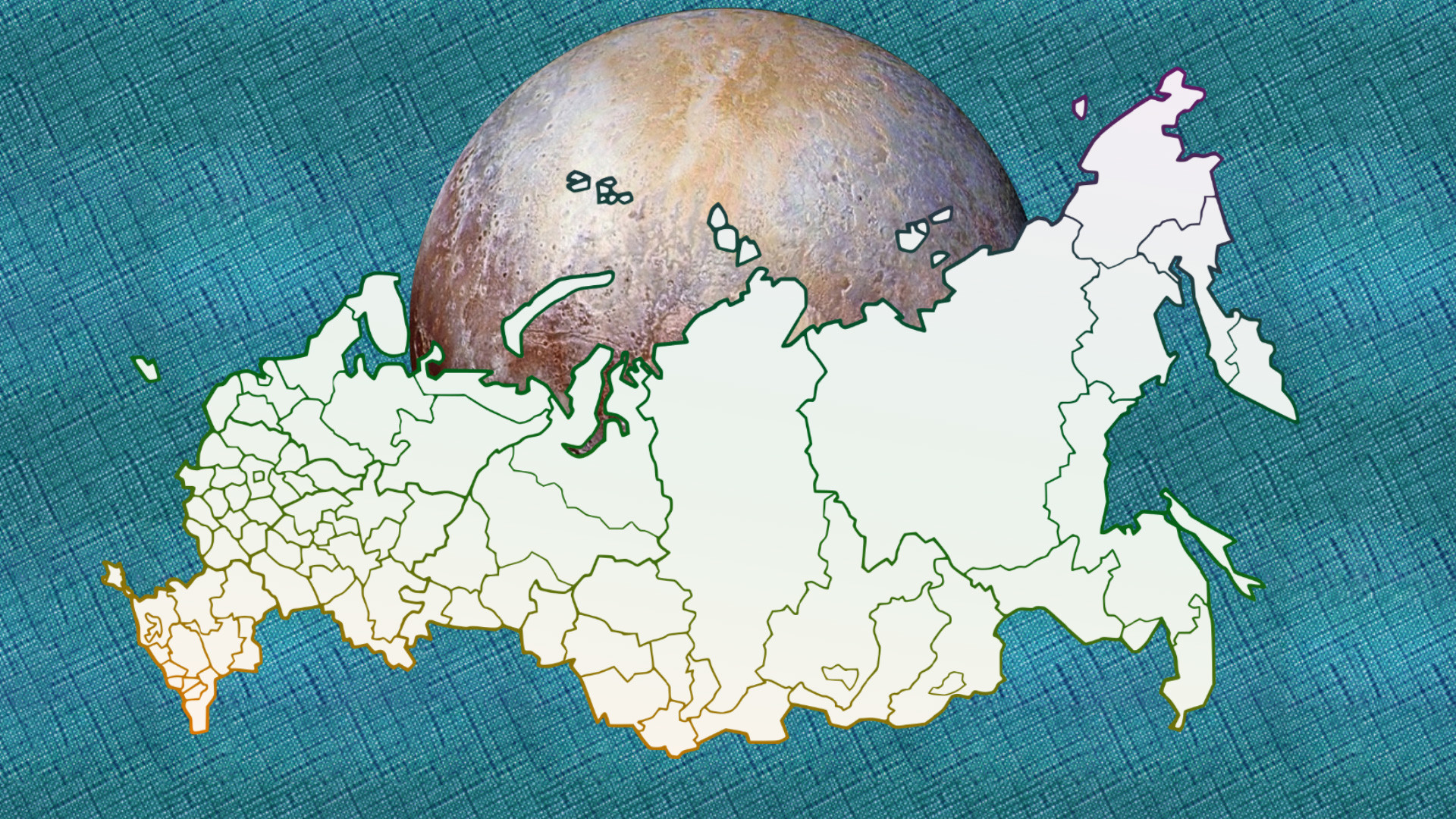
1. Russia fits Pluto, but Pluto is bigger
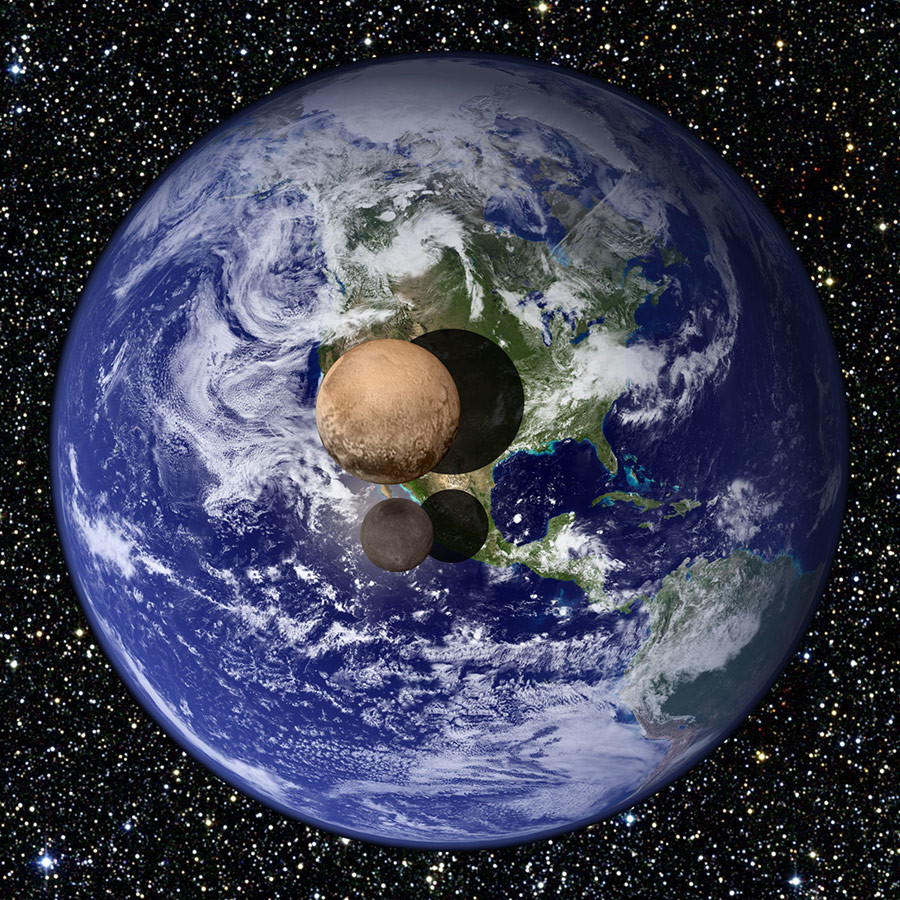
The question has been subject to debate until it was finally resolved in July 2015. Previously, the dwarf planet’s size was estimated at 16,647,940 square kilometers. Russia, in comparison, has 17,125,191 square kilometers of surface area. Naturally, it was an accepted fact that Russia’s surface area was indeed larger than that of Pluto’s.
On July 14th, 2015, NASA’s New Horizon mission flew by Pluto and adjusted the previous estimates: the dwarf planet's diameter was measured with high precisionat 2,370 kilometers. Pluto, it turned out, would easily fit within Russia’s east-to-west-width of approximately 6.000 kilometers. Surprisingly, it would also fit within Russia’s much narrower north-to-south heights of approximately 3,000 kilometers.
Yet, in terms of surface area, the dwarf planet turned out to be bigger than Russia. NASA’s New Horizon mission corrected the previous estimates and placed Pluto’s surface area at 17,646,012 square kilometers. This makes the surface area of the dwarf planet just marginally bigger than that of Russia (17,125,191 square kilometers).
In a nutshell, although Russia can fit Pluto in its borders, Pluto’s surface area is slightly bigger, nonetheless.
2. Russians took part in the Moon race
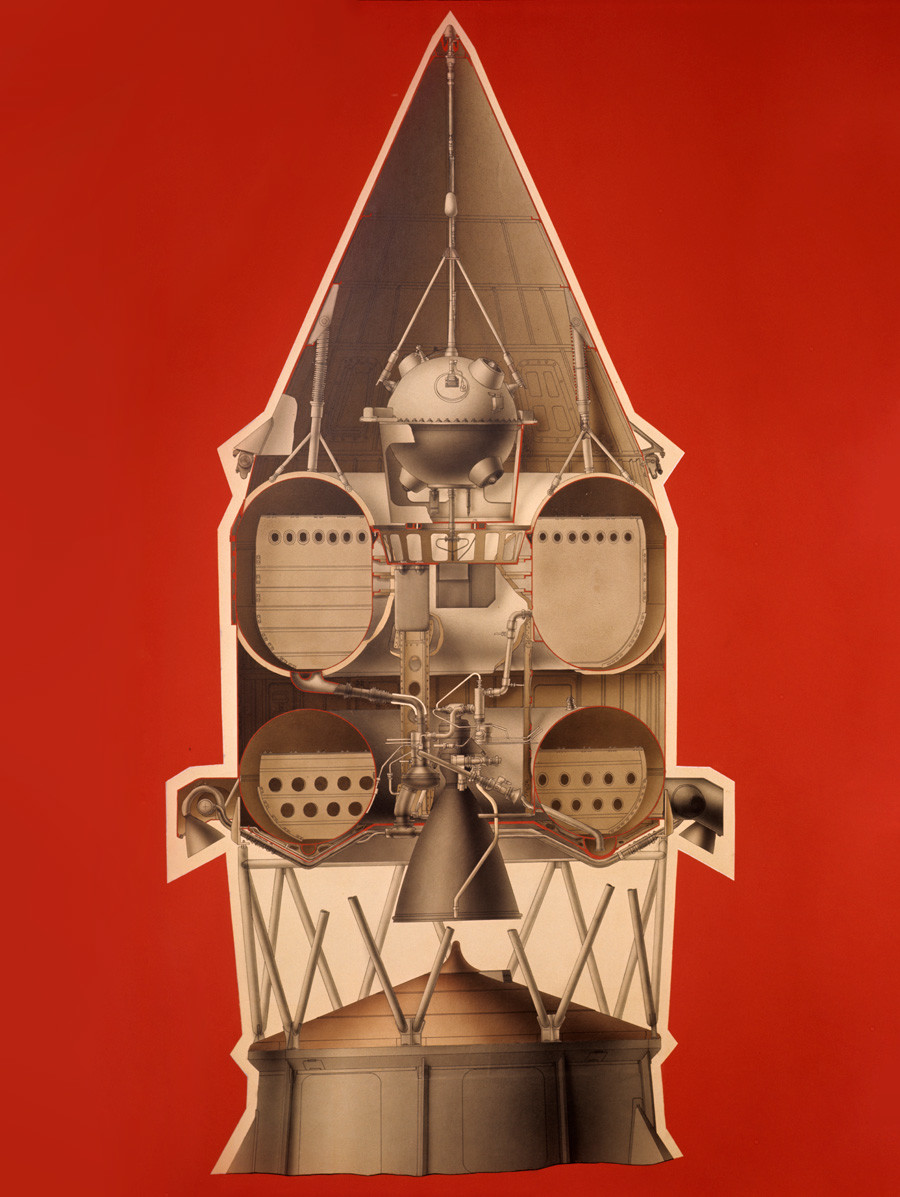
Scheme depicting Luna-1 automatic station.
Alexander Mokletsov/SputnikOn July 20, 1969, American astronauts stepped on the Moon (a fact that some Russians refuse to accept to this day). However, 11 years earlier, in September 1958, the Soviets took their first shot at the Earth’s satellite. The Luna-1A mission aimed to land an unmanned space station on the Moon’s surface. The mission failed when the Luna-1A spacecraft was lost after the rocket carrier failed to enter Earth’s orbit.
Since then, the Soviets have undertaken several missions that shed light on Earth’s satellite. In 1959, Luna-2 became the first man-made vehicle to land on the Moon; the Soviets took the first pictures of the Moon’s dark side, launched the first artificial satellite to orbit the Moon, delivered the first lunar rover on the Moon, and managed to take their own samples of the Moon’s soil back to Earth. All in all, Soviet scientists were in a tight race with their NASA counterparts credited for the historic breakthrough of Apollo 11.
3. Russians smuggled booze into space

It’s strictly prohibited for cosmonauts to take alcohol on board. Yet, many Russian cosmonauts show amazing creativity to smuggle liquor on their missions.
The first known contraband – a bottle of Armenian cognac – went into space in 1971 as a present from Earth to a cosmonaut who was in orbit. The spirit was hidden in a wristband used for measuring blood pressure. Since then, inspections uncovered a great many stashes made by Russian cosmonauts.
However, smuggling booze into space is not the only challenge; drinking it can become a challenge on its own. Click here to see how one cosmonaut dealt with the problem.
4. The Soviet Soyuz program launch proved deadly
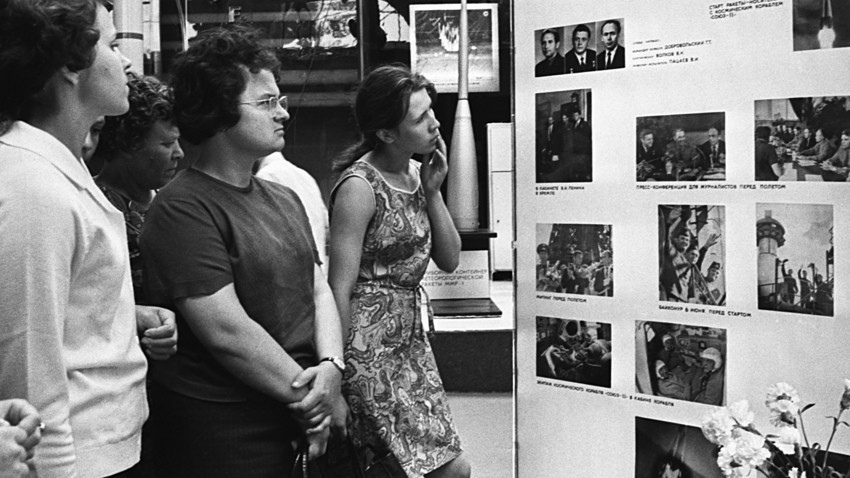
The USSR was in a fierce competition with the U.S. in space and the former pioneers were now lagging behind. By 1967, the new Soyuz spaceship was not entirely tested, yet the country’s leadership decided to give it a shot anyway.
The first launch proved fatal. The navigation system broke down and cosmonaut Vladimir Komarov had to steer the craft manually. He managed to start the descent on the correct trajectory, and when everyone thought the worst was over the main parachute that should have slowed the falling capsule did not open. Komarov died due to injuries sustained from impact.
It was the first space flight fatality. The program went on, however, and ended only in 1986 when the MIR space station was launched into low Earth orbit.
5. Russians were first to land a spacecraft on Venus
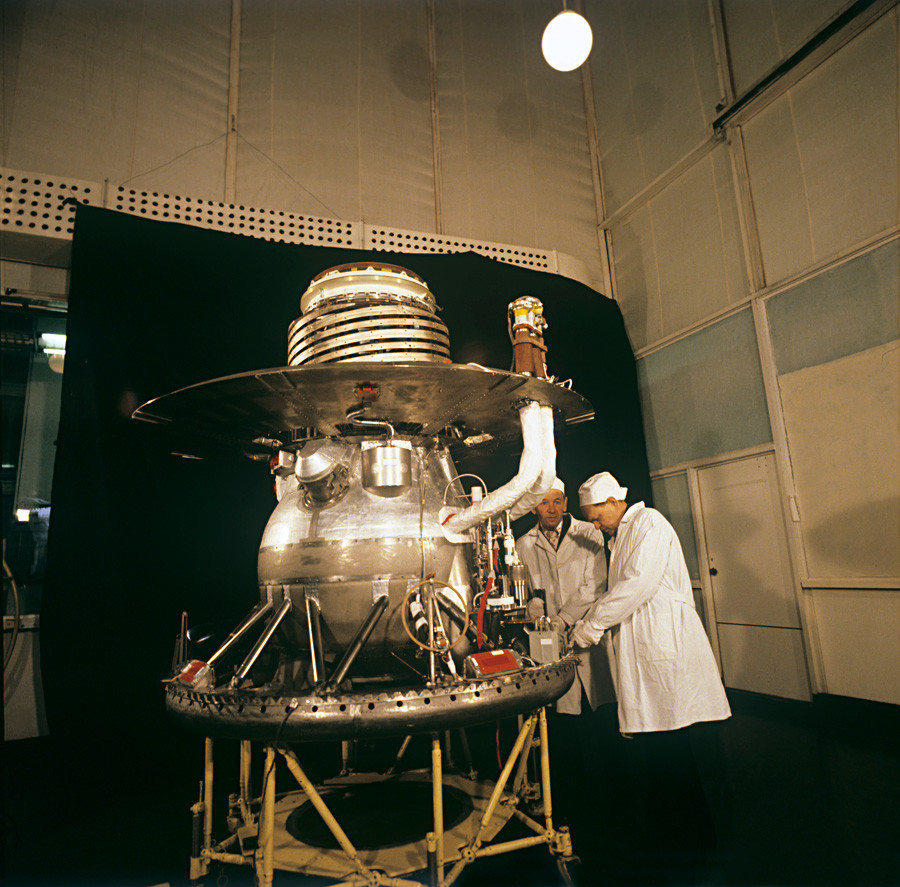
Descent vehicle of automated interplanetary station Venera-13. Baikonur cosmodrome.
Alexander Mokletsov/SputnikSoviet space explorers made attempts to study Venus starting from 1961, when a Soviet-made spacecraft flew past the second planet from the Sun.
It took another nine years to accomplish the first landing mission on the planet. Venus-7 landed on the surface of Venus in 1970 and transmitted data back to Earth; a particularly challenging mission because of the extremely high temperatures, high-pressure atmosphere, and a generally “hellish” environment on Venus’ surface. The spacecraft transmitted data for only 23 minutes before it succumbed to the extreme heat and pressure yet it was a breakthrough in space exploration.
Click here to read how space exploration changed Russian and Soviet mass culture.
If using any of Russia Beyond's content, partly or in full, always provide an active hyperlink to the original material.
Subscribe
to our newsletter!
Get the week's best stories straight to your inbox